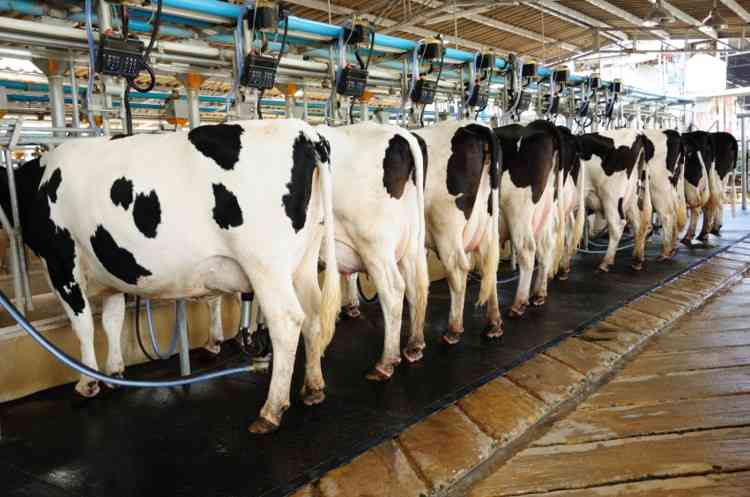
THE Zimbabwe Association for Dairy Farmers (ZADF) says it is putting in place a number of measures to reduce production costs for dairy farmers.
“Major cost drivers in the sector are stockfeed and finance costs,” ZADF chairperson Enerst Muzorewa told NewsDay Business this week.
“Stockfeed actually constitutes about 70% of total production costs. ZADF has been encouraging farmers to rely more on farm feed production and formulations.”
Muzorewa said, among other efforts, the association was engaging financiers such as CBZ Bank and AFC Bank to provide facilities for dairy farmers at reasonable costs to promote on-farm grown feeds.
He added that ZADF had also been engaging nutritionists to assist farmers with on-farm feed formulations.
“ZADF, through the TRANZDVC (Transforming Zimbabwe’s Dairy Value Chain for the Future) project, which aims to address the problem, has been providing subsidised semen to dairy farmers to promote growth of the sector through use of the right genetics,” he said.
“ZADF has been engaging government and policymakers to negotiate for reduced costs of compliance for farmers.”
The organisation also continuously engages financiers negotiating for reasonable cost of borrowing for farmers.
- Bigger CBZ hits market
- POSB scoops Financial Inclusion award
- Tough rules for capital markets key in containing inflation, says Seczim
- Early Christmas as CBZ launches USD holiday packages loan
Keep Reading
Meanwhile, milk production for the first seven months of the year increased to 54,2 million litres compared to 51,2 million litres produced during the same period last year. Milk production has, however, been increasing at a rate lower than projections made for the year, due to various factors affecting productivity.
“Failure to access expected funding on time under the 5% milk levy facility that was aimed at increasing herd size affected production as well as the unstable macroeconomic environment in the first half of the year characterised by high inflation and rapid depreciation of the local currency against the United States dollar resulting in high production costs against unfavourable milk prices which were pegged in local currency,” he said.
Muzorewa bemoaned erratic power supply during the first quarter of this year which affected the cold chain, resulting in huge milk losses along the supply chain.
Incessant rains also stressed dairy animals, resulting in reduced yields and widespread diseases.






